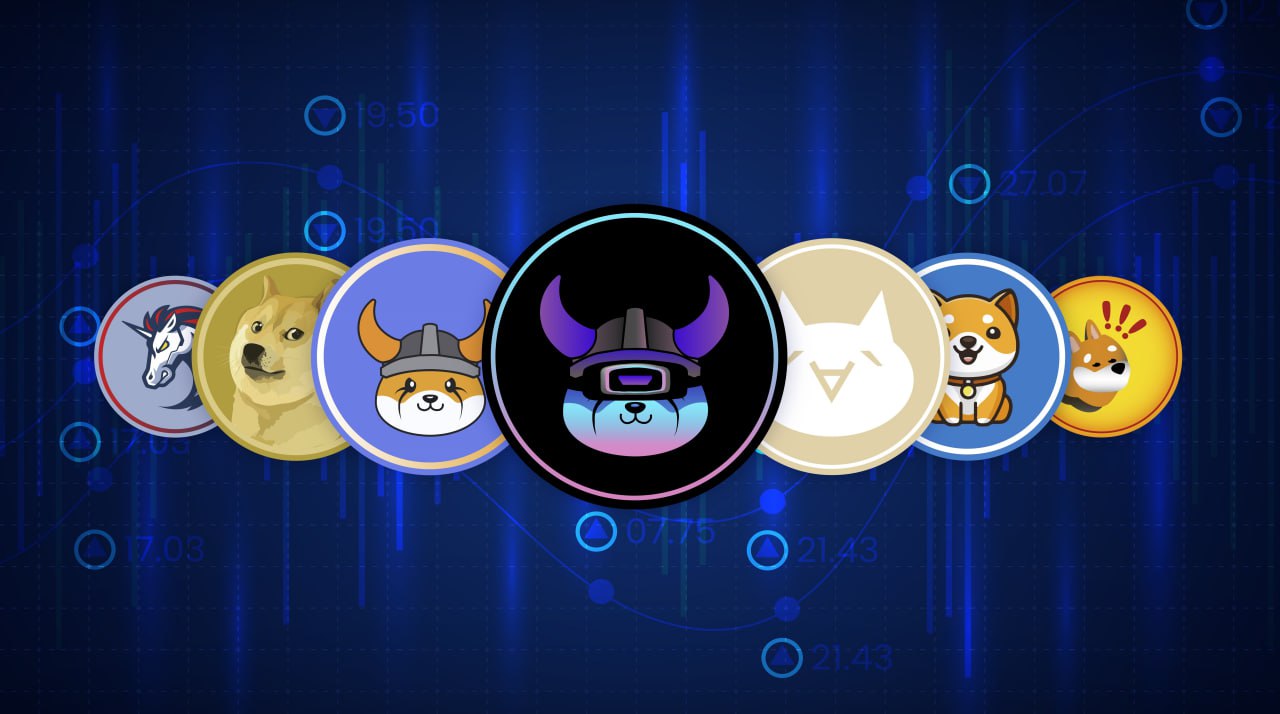Crypto Expert Predicts Memecoin Market Growth Amid Controversy
27.01.2025 10:00 1 min. read Alexander Stefanov
CryptoQuant CEO Ki Young Ju recently compared memecoins to the art market, emphasizing how both rely on narratives to establish value.
Ju believes the memecoin market will continue to grow, despite its speculative nature, and could mature over the next few years.
Drawing a parallel to the art world, Ju argued that both markets legitimize value through storytelling. He suggested that if memecoins are deemed scams, the same logic would apply to art, given that both markets are driven by perception rather than intrinsic value.
Memecoins, including Dogecoin, have gained massive attention, with the sector now valued at over $100 billion. The recent launch of the TRUMP token has further boosted interest, reaching a market cap of $71 billion within 48 hours. A survey revealed that many of the buyers were new to crypto, highlighting the growing appeal of memecoins.
The token’s rise has sparked legal debates, with some questioning its potential conflicts of interest, while others defend it as a collectible, not a financial asset. This ongoing debate reflects the shifting landscape of the crypto market, with memecoins continuing to capture the spotlight.
-
1
Pepe Price Prediction: One-Month Trend Line Resistance Breakout Could Push PEPE to $0.000015
04.07.2025 18:41 3 min. read -
2
Bonk Price Prediction: Binance.US Mention Triggers 9% Jump – Can BONK Reach $1?
07.07.2025 16:29 3 min. read -
3
Top 10 Trending Cryptocurrencies Today, According to CoinGecko
04.07.2025 15:31 3 min. read -
4
Second Largest Bank in Spain Rolls out in-app Bitcoin and Ethereum Trading
07.07.2025 15:30 2 min. read -
5
How Much Profit Would you Make if you Invested $3,000 in Shiba Inu One Year Ago?
09.07.2025 22:00 2 min. read
Crypto’s Top Narratives in Focus, According to AI
A fresh breakdown from CoinMarketCap’s AI-powered narrative tracker reveals the four most influential crypto trends currently shaping the market: BTCFi & DePIN, U.S. regulatory breakthroughs, AI agent economies, and real-world asset (RWA) tokenization.
Top Trending Cryptos Right Now, According to CoinMarketCap
CoinMarketCap’s evolving momentum algorithm—powered by social, price, and news signals—has flagged three standout cryptocurrencies driving narrative and capital flows this week: OKZOO, Tagger, and Tezos.
Top 7 Crypto Project Updates This Week
The crypto industry saw major advancements this past week across DeFi, NFT, Layer 2, and AI-powered platforms.
U.S. Ethereum ETFs See $402 Million Net Inflow Led by BlackRock’s ETHA
On July 18, Ethereum ETFs in the U.S. recorded a combined net inflow of $402.5 million, signaling strong institutional demand even as some funds saw outflows.
-
1
Pepe Price Prediction: One-Month Trend Line Resistance Breakout Could Push PEPE to $0.000015
04.07.2025 18:41 3 min. read -
2
Bonk Price Prediction: Binance.US Mention Triggers 9% Jump – Can BONK Reach $1?
07.07.2025 16:29 3 min. read -
3
Top 10 Trending Cryptocurrencies Today, According to CoinGecko
04.07.2025 15:31 3 min. read -
4
Second Largest Bank in Spain Rolls out in-app Bitcoin and Ethereum Trading
07.07.2025 15:30 2 min. read -
5
How Much Profit Would you Make if you Invested $3,000 in Shiba Inu One Year Ago?
09.07.2025 22:00 2 min. read


